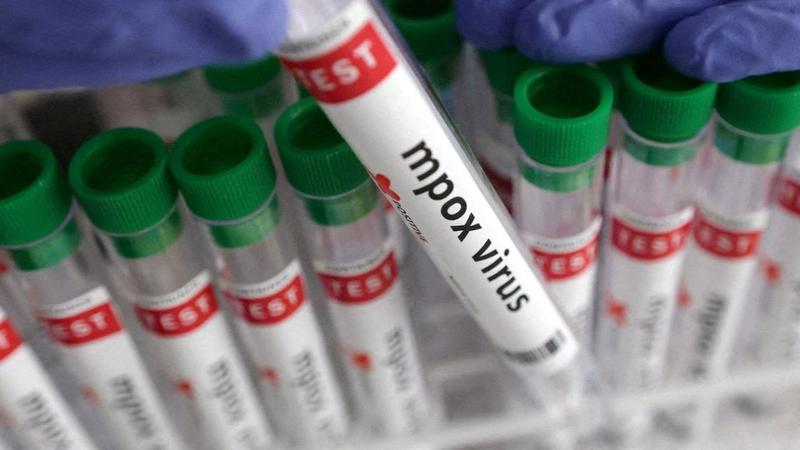Published 13:17 IST, September 9th 2024
'Screen, Test All Suspects': Centre Issues Mpox Advisory for All States and UTs
Amid the ongoing Mpox scare, the Union Healthy Ministry has issued an advisory for all states/UTs

New Delhi: Amid the ongoing global Mpox scare, the Union Health Ministry on Monday issued an advisory for all states and Union Territories. The advisory issued in response to the World Health Organisation's (WHO) recent declaration of Mpox (formerly known as monkeypox) as a Public Health Emergency of International Concern (PHEIC) aims to enhance preparedness, screen all suspects and trace contacts to avoid any spread.
The Health Ministry's advisory aims to fortify the national response to Mpox , minimising risks and ensuring timely interventions to curb the spread of the disease.
The advisory was issued a day after a suspected Mpox case was identified involving a man who recently traveled from a country with ongoing Mpox transmission. The patient has been isolated at a designated hospital and is currently in stable condition. There is no immediate cause for concern. Samples from the patient have been collected and are undergoing testing to confirm the presence of Mpox .
Key Points of the Advisory:
- Guidelines for Management: The Ministry has instructed the wide dissemination of its “Guidelines for Management of Monkeypox Disease” to ensure consistent and effective handling of cases.
- Updated CD-Alert: States and UTs are required to act on the updated CD-Alert issued by the National Centre for Disease Control (NCDC). This alert includes detailed surveillance strategies, testing protocols, clinical management guidelines, and risk communication strategies.
- Public Health Preparedness: Senior officials are advised to review and strengthen public health preparedness at both the state and district health facilities.
- Isolation Facilities: The advisory calls for the identification and preparation of isolation facilities in hospitals to manage both suspect and confirmed Mpox cases, with a focus on logistics and trained personnel.
- Stakeholder Orientation: Disease surveillance units and healthcare workers are to be re-oriented on case definitions, contact tracing, clinical management, and infection control protocols.
- Suspect Case Screening: There is a directive to screen and test all suspect cases through hospital-based and targeted surveillance mechanisms.
- Risk Communication: The advisory emphasizes clear and intensive risk communication to healthcare workers, health facilities, and the community regarding preventive strategies and the importance of prompt reporting.
- Community Awareness: Efforts to raise community awareness about Mpox, its transmission, and preventive measures are crucial, with a focus on preventing undue panic.
- Ongoing Monitoring: The Ministry will continue to closely monitor the situation and offer necessary support to states and UTs to manage the outbreak effectively.
Earlier on Sunday, the Union Health Ministry said that the country is fully prepared to deal with such isolated travel-related cases and has robust measures in place to manage and mitigate any potential risk.
The World Health Organisation (WHO) declared mpox a public health emergency of international concern (PHEIC) for the second time last month in view of its prevalence and spread across many parts of Africa. Since the 2022 declaration of PHEIC by WHO, 30 mpox cases have been reported in India. The last case of mpox was detected in March this year.
According to WHO's earlier statement, 99,176 mpox cases and 208 deaths have been reported from 116 countries since 2022. Last year, the reported cases increased significantly. The number of mpox cases reported so far this year has exceeded last year's total, with more than 15,600 cases and 537 deaths.
Mpox is a viral zoonosis with symptoms similar to those seen in the past in smallpox patients, although clinically less severe. According to officials, mpox infections are generally self-limiting lasting between two and four weeks. Mpox patients usually recover with supportive medical care and management.
Transmission of the disease happens through prolonged and close contact with an infected person. It happens largely through the sexual route, direct contact with the body/lesion fluid of the patient, or through the contaminated clothing/linen of an infected person.
Updated 17:06 IST, September 9th 2024




